Pennsylvania has a long tradition of supporting its residents—especially seniors and low-income families—through dedicated property tax and rent relief programs. With recent legislative changes and expansions to these benefits, more Pennsylvanians are experiencing tangible financial relief than ever before. This comprehensive guide explores the latest boosts in property tax and rent relief, who qualifies, how much is involved, and how different cities across the state are affected.
The Landscape of Property Taxes and Rent in Pennsylvania
Pennsylvania is a state marked by diversity—not only in its landscapes and people but also in the cost of housing. Cities like Philadelphia and Pittsburgh feature contrasts between high property values and areas of economic hardship, while rural counties face their own challenges with fixed incomes and rising costs. In this setting, property taxes can represent a significant burden, especially for seniors and low-income families, many of whom live on tight budgets.
Why Relief Matters
Property tax and rent payments can account for a substantial portion of a household’s monthly outlay. For retirees on limited savings or families working multiple jobs at modest wages, these expenses threaten the ability to age in place, raise children, or meet other basic needs. Relief programs play a vital role in helping Pennsylvanians remain in their homes and communities.
Understanding Pennsylvania’s Property Tax/Rent Rebate Program
One of the pillar initiatives is the Property Tax/Rent Rebate Program, which is funded by the Pennsylvania Lottery and expanded gaming revenues. Established decades ago, this program continues to evolve to meet the needs of today’s seniors, widows and widowers, adults with disabilities, and low-income renters.
Key Program Features
-
Eligibility: Homeowners age 65 and older, widows/widowers age 50 and older, and people with disabilities age 18 and older can apply. Income limits depend on whether you’re a renter or owner and half of Social Security income is excluded from calculations.
-
Rebate Amounts: The standard rebates range between several hundred dollars, adjusted by income, with the potential for significant supplemental rebates for those in specific cities or with particularly high property tax burdens.
-
Expanded Benefits: Recent years have seen boosts to rebate caps, particularly for residents of Philadelphia, Scranton, and Pittsburgh, to account for high local tax rates and cost of living.
Breakdown of Relief Amounts
A typical eligible senior homeowner in a city like Erie or Harrisburg might receive a rebate between several hundred to over one thousand dollars, depending on income and property tax burden. Supplemental rebates increase these figures by 50% for those with higher needs, ensuring the relief truly addresses outsize hardships.
Here’s a summary of maximum standard rebates for homeowners and renters under various income brackets:
| Household Income | Homeowner Rebate | Renter Rebate |
|---|---|---|
| $0 to $8,000 | $650 | $650 |
| $8,001 to $15,000 | $500 | $500 |
| $15,001 to $18,000 | $300 | N/A |
| $18,001 to $35,000 | $250 | N/A |
Supplemental rebates can increase these amounts, especially in Philadelphia, Pittsburgh, and Scranton, or for those paying more than 15% of their income in property taxes.
Boosts and Recent Changes Making a Difference
Expansions in Major Cities
Each city in Pennsylvania confronts unique housing challenges, but urban centers are seeing the direct effects of tax and rent relief expansion:
-
Philadelphia: Official changes to the homestead exemption now shield $100,000 of assessed property value from tax, saving the average homeowner almost $1,400 a year. Additional programs, like the Real Estate Tax Freeze, allow low-income and longtime homeowners to pay the same tax bill year after year, regardless of property reassessment.
-
Pittsburgh and Scranton: Residents here receive special consideration because local wage taxes are so high. Seniors with incomes under $30,000 receive a 50% boost in their rebates, providing substantial extra support to withstand urban cost pressures.
Rural and Suburban Counties
Areas like Lancaster, Westmoreland, Bucks County, and Monroe County demonstrate the reach of relief programs outside of big cities. In these regions, property tax relief provides essential breathing room for seniors and low-income families, helping mitigate cost-of-living differences between city and countryside.
Emergency Rental Assistance: A Lifeline for Renters
The COVID-19 pandemic highlighted and worsened existing pressures on renters, especially for those in the lowest income brackets. Pennsylvania’s Emergency Rental Assistance Program (ERAP) emerged as a crucial component of relief, helping households behind on rent and utilities avoid eviction and homelessness.
Highlights of the Emergency Rental Assistance Program
-
Who Qualifies: Households must have incomes at or below 80% of the Area Median Income (AMI), with priority for those below 50% or facing immediate housing instability.
-
Assistance Provided: ERAP can cover past-due rent, forward-looking rent payments, utilities, and even internet expenses needed for remote work or schooling.
-
Accessibility: Both tenants and landlords can apply, and every county—including Allegheny, Montgomery, Wayne, and Monroe—operates its own local ERAP support office.
Real-World Impact
Families in Reading, Allentown, and Bethlehem have used ERAP funds to weather periods of unemployment, cope with medical emergencies, or manage increased costs during school closures. The flexibility of the program has been vital in diverse settings, from the big-city neighborhoods of Philadelphia to the small towns of Potter County.
Senior Citizen-Specific Programs
Pennsylvania recognizes its aging population’s unique needs. Beyond the Property Tax/Rent Rebate, cities and counties have adopted additional measures to further protect seniors from rising costs.
Allegheny County’s Senior Tax Relief
Allegheny County’s Act 77 Senior Tax Relief program offers a flat 30% discount on real estate taxes for qualified senior homeowners. This direct reduction is automatic upon meeting income qualifications and applies each year, making planning and budgeting easier for seniors in suburban communities like Bethel Park, Monroeville, and the city of Pittsburgh.
Homestead and Farmstead Exclusions
These programs reduce the taxable value of primary residences, lowering the starting point for property taxes. For instance, a home in Lancaster assessed at $150,000 could see the taxable value reduced by several thousand dollars, directly cutting the homeowner’s annual tax bill.
Application and Accessibility: Making Relief Reach Those in Need
Ensuring every eligible Pennsylvanian can access these benefits is a major focus of state and local governments.
Simple Application Processes
-
Applications can now be submitted online, by mail, or in-person at local agencies.
-
Senior centers and local offices provide free help for completing paperwork, while county websites offer downloadable forms in multiple languages.
-
Specific ruling ensures no eligible applicant pays for assistance, thwarting any third-party attempts to charge for help.
Inclusion and Outreach Efforts
Philadelphia, Pittsburgh, Allentown, and other major cities run robust campaigns to inform residents—through neighborhood associations, churches, libraries, and even door-to-door volunteer canvassing.
Statistics: The Widespread Reach of Relief
Pennsylvania’s commitment is reflected in the sheer numbers helped each year:
-
Over 600,000 homeowners and renters, most of whom are seniors or adults with disabilities, benefit from the Property Tax/Rent Rebate Program annually.
-
Since its inception, the program has paid billions in rebates statewide.
-
Emergency Rental Assistance distributed millions of dollars to households across counties, with each local office tracking and reporting the number of families helped.
In Philadelphia, Pittsburgh, and Scranton, the extra boost for seniors means thousands more dollars collectively staying within the neighborhoods, instead of flowing out for property taxes.
Challenges and the Road Ahead
Despite real successes, challenges remain. Rising property assessments can outpace relief for some. The application process, while much improved, still poses barriers for non-English speakers, the tech-averse, or those lacking access to computers. Continued legislative attention and funding, especially as the population ages, will be critical.
Recommendations from Advocacy Groups
-
Create more “one-stop” service centers, especially in rural counties.
-
Expand language and disability access in all materials.
-
Increase the income thresholds for eligibility in line with inflation and housing market shifts each year.
Pennsylvania’s legislature and Department of Revenue review the success and funding of these programs annually, inviting public comment and recommendations for improvement.
City Snapshots: How Relief Looks Across PA
Philadelphia
The combination of the Homestead Exemption, Real Estate Tax Freeze, and supplemental rebates means the vast majority of seniors and low-income families pay less in property taxes year over year. Outreach through city agencies and neighborhood organizations increases awareness and applications.
Pittsburgh
Seniors benefit from the Act 77 discount and enhanced rebates, with local tax offices providing workshops and hotline support. Additional pilot programs target longtime homeowners in rapidly gentrifying neighborhoods.
Scranton
With a large population of older adults, Scranton relies heavily on supplemental rebates. Partnerships with churches and the United Way help reach isolated seniors.
Erie, Allentown, Bethlehem
County agencies bolster awareness of homestead exclusions and rent rebates, particularly during tax season. In Lehigh Valley, agencies partner with local media to emphasize deadlines and support.
Rural Counties
Counties like Wayne, Potter, and Monroe have adapted application assistance for residents without broadband internet, using libraries and mobile assistance units.
Human Stories: The Faces Behind the Numbers
Consider Jean, a retired nurse in Lancaster. With rising property taxes, Jean faced difficult choices between medication and bills—until the rent rebate programs put hundreds of dollars back in her pocket annually.
Or Greg, a factory worker in Reading forced out of work by a plant closure, used the Emergency Rental Assistance Program to prevent eviction while he retrained for a new job.
And in Pittsburgh, Mr. and Mrs. Rodriguez—both in their 70s—rely on Act 77 relief and their church’s guidance to remain in the home they’ve owned for decades, despite fixed Social Security checks.
How to Apply: Step-by-Step Guide
-
Determine Eligibility
-
Review age, disability, and income qualifications.
-
Refer to annual income limits by household size for the relevant year.
-
-
Gather Required Documentation
-
Income statements, Social Security documentation, proof of residence, and for renters, a copy of your lease.
-
-
Complete the Application
-
Use the Pennsylvania Department of Revenue website for digital applications.
-
Download forms if submitting by mail.
-
Seek free help from senior centers or local government offices if needed.
-
-
Submit Before Deadlines
-
Applications typically open early in the year and close by the end of spring.
-
-
Track Progress
-
Application status tools on the myPATH portal and county websites allow for real-time tracking and updates.
-
Important Notes for 2025 and Beyond
Tax relief efforts have continued to expand, and no Pennsylvania resident should assume they are ineligible without checking the latest rules. The limit increases, new supplemental rebate categories, and city-level programs are updated annually.
Sustained advocacy and innovative policymaking remain vital. Pennsylvania’s blend of state, city, and county programs show a model for how targeted, well-administered tax and rent relief can strengthen communities, keep seniors in their homes, and support low-income families across both urban and rural settings.
Final Thoughts
The wave of property tax and rent relief measures sweeping Pennsylvania brings real change to those most in need. Whether in the bustling streets of Philadelphia, the hills of Pittsburgh, or the fields of Lancaster County, seniors and low-income families can now count on more support than ever. This boost doesn’t just help households pay the bills—it sustains the fabric of every neighborhood and ensures Pennsylvania remains a place where people of all incomes and ages can thrive.
For those navigating the uncertainties of cost and home, relief is at hand—and it’s a promise Pennsylvania is renewing year after year.

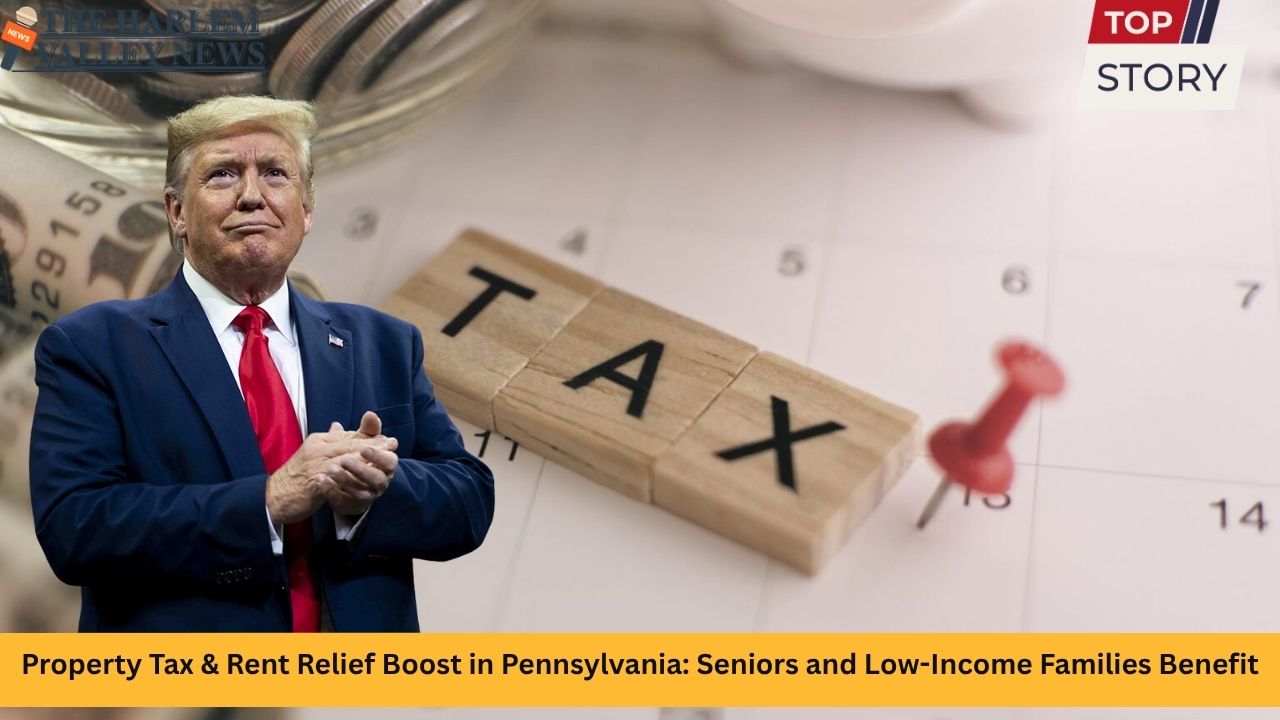
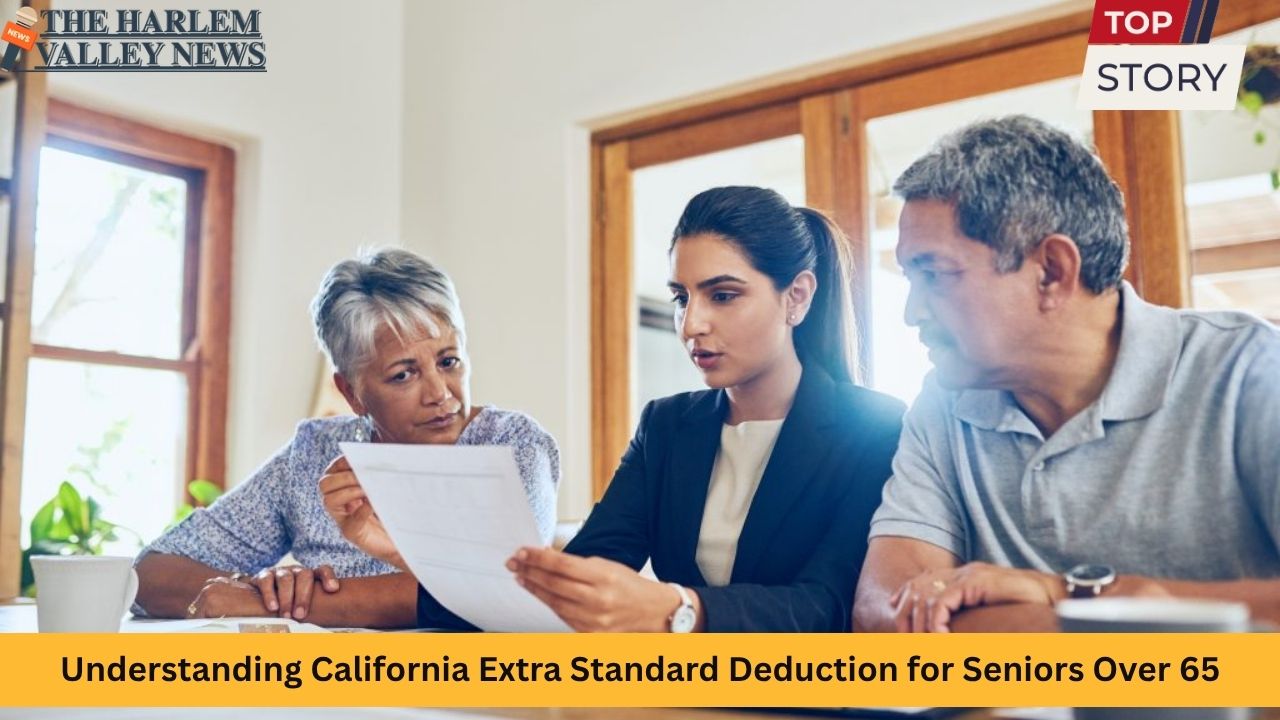


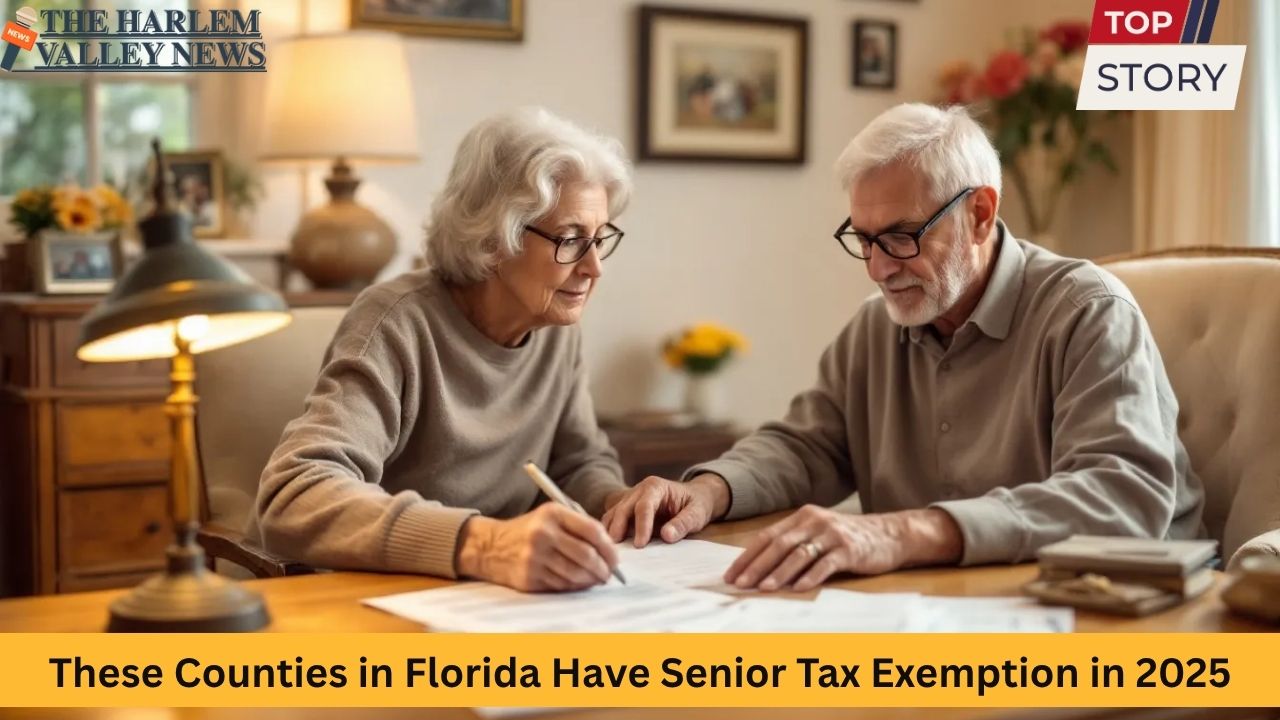

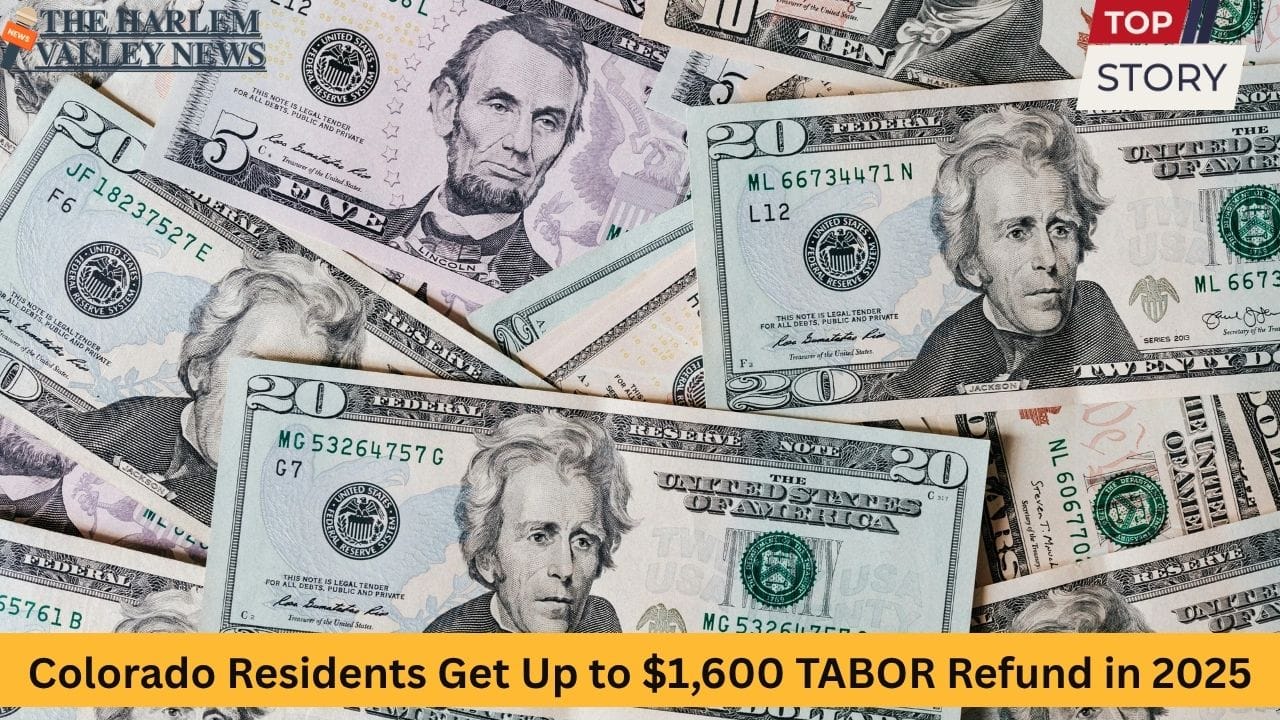

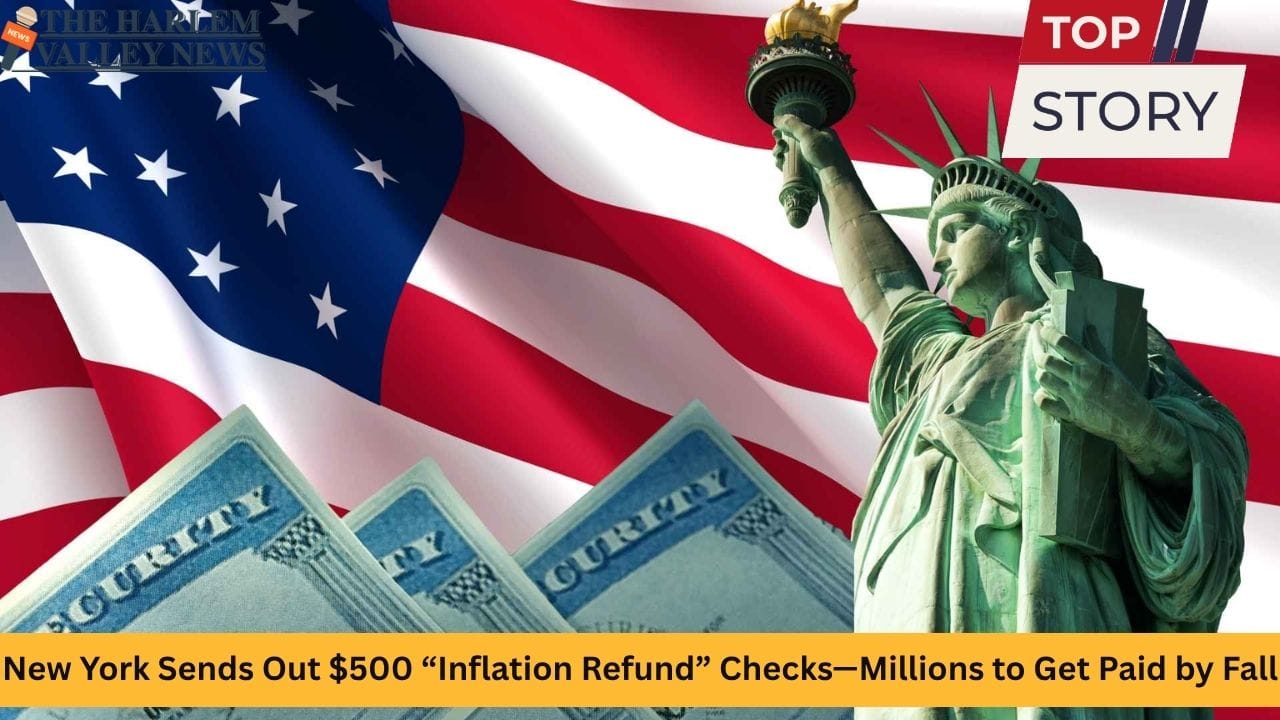
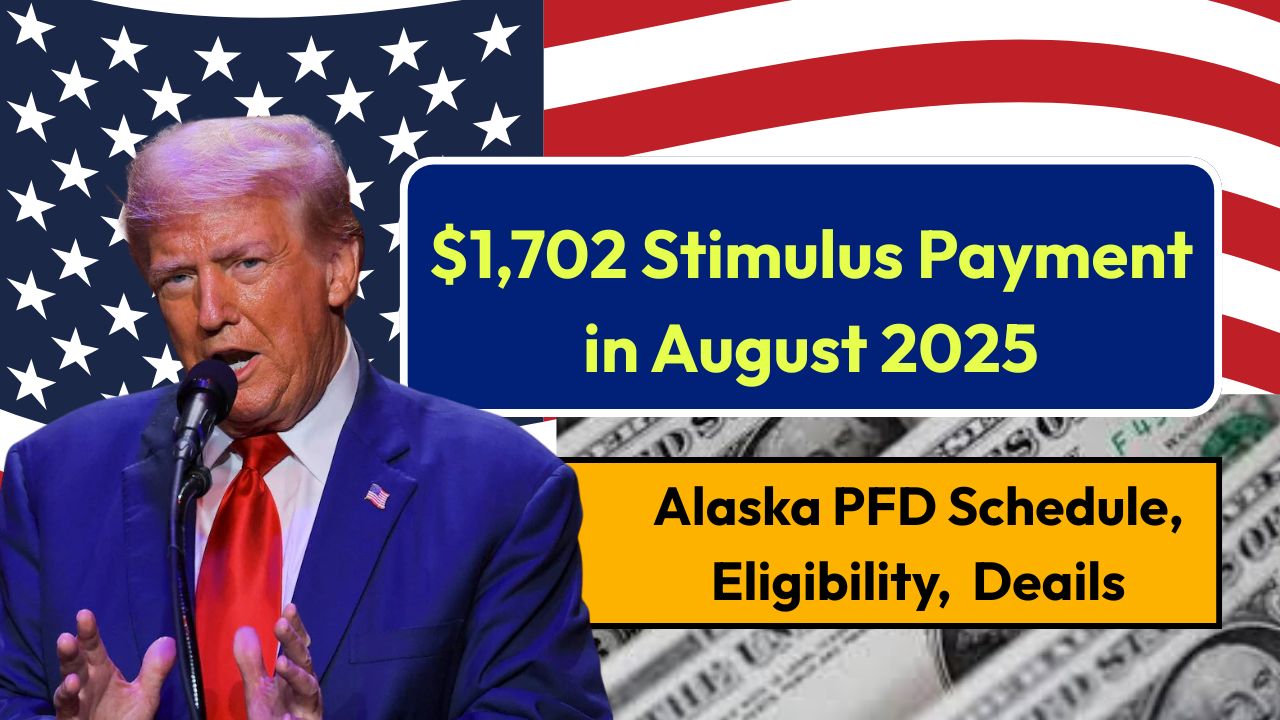

Leave a Reply